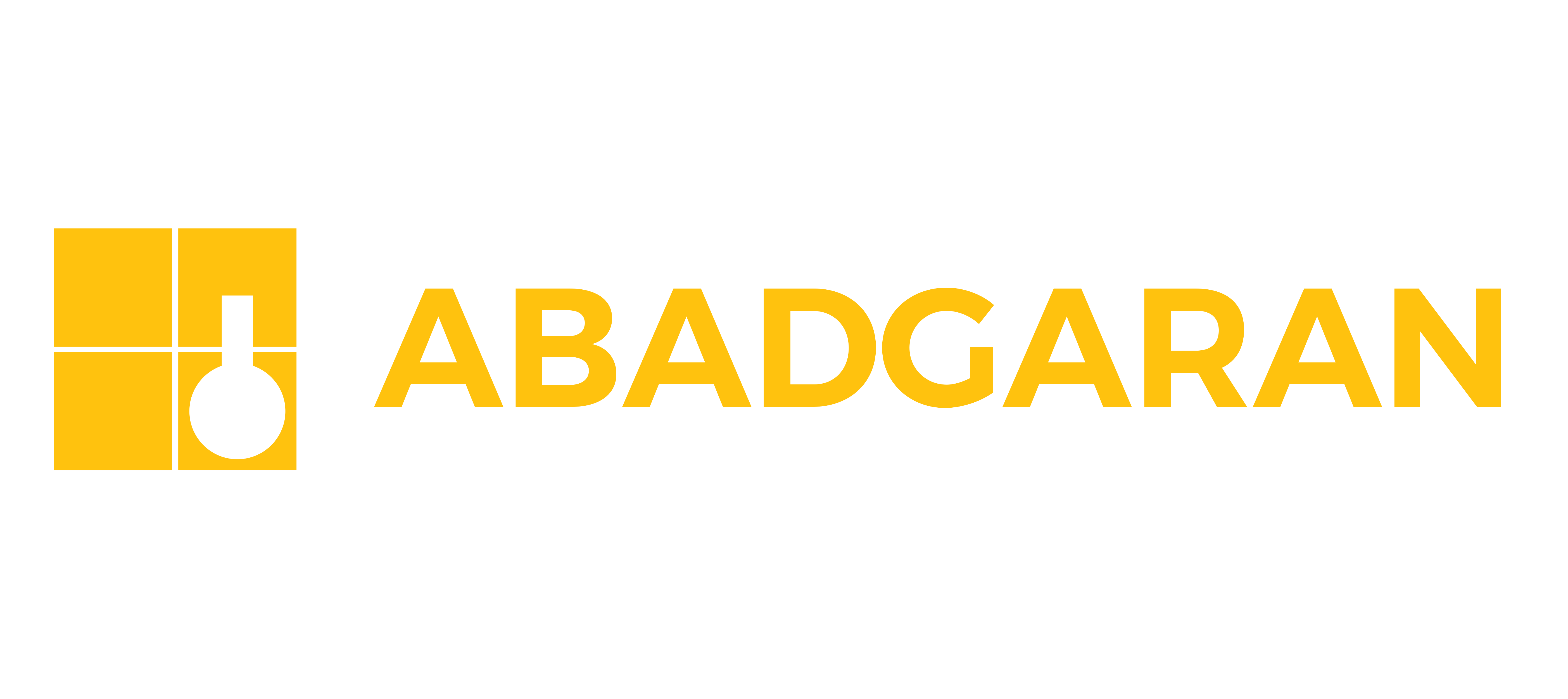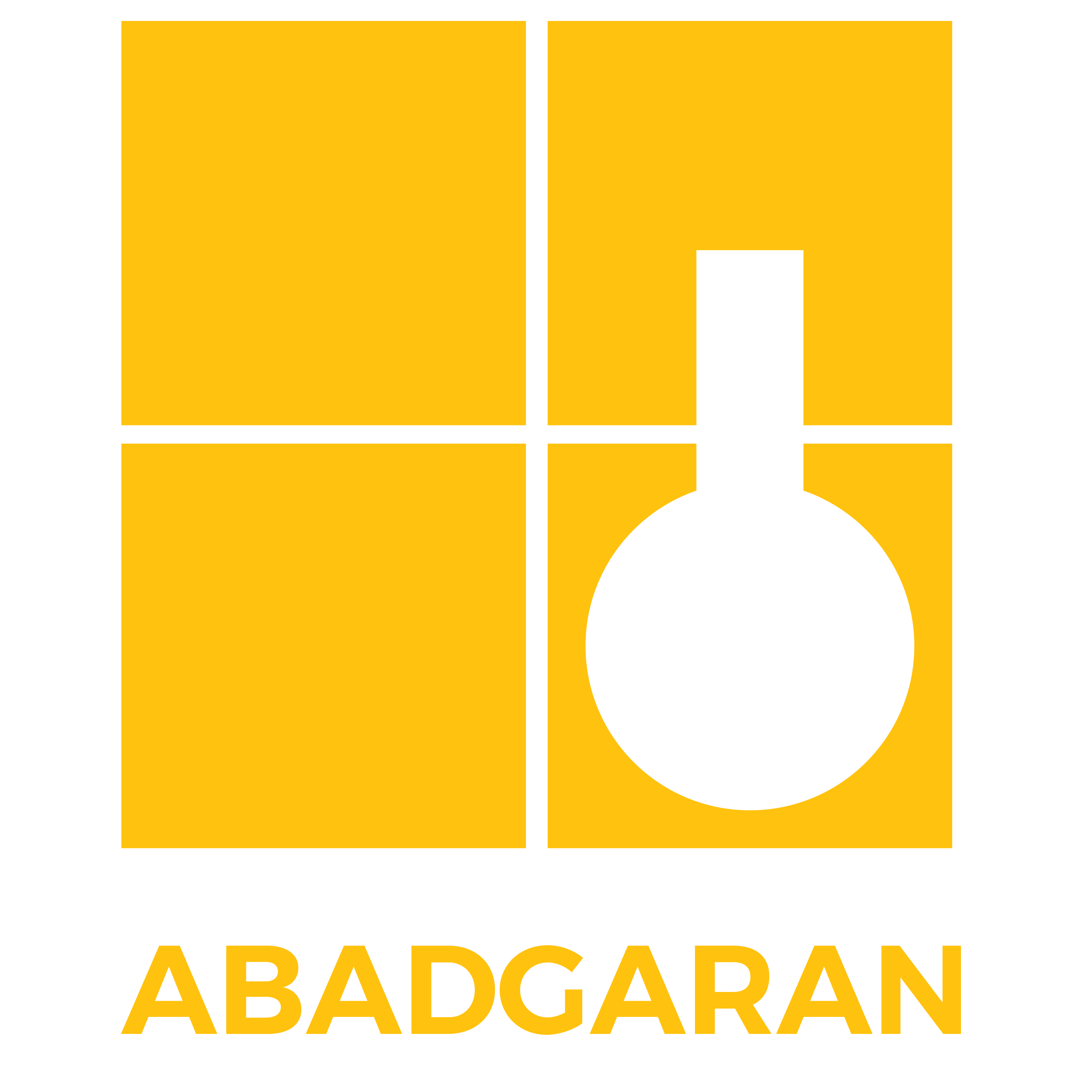
Please wait, loading...

Please wait, loading...

![]()

Spray-Applied Mineral Fireproofing Coatings (Passive Fire Protection, PFP) for Steel Structures
Spray-applied mineral fireproofing coatings (Passive Fire Protection, PFP) are among the most effective solutions for enhancing the fire safety of steel structures. This article examines the criteria and guidelines for evaluating these coatings in the context of fire reaction tests. First, various types of fire-resistant coatings are introduced. Then, their technical characteristics and testing standards—based on the assessment guidelines developed by the Road, Housing, and Urban Development Research Center of Iran—are discussed. The objective of this study is to evaluate the performance of these coatings against fire and compare them with international standards.
In recent decades, the use of fireproof coatings on steel structures has become one of the most important safety measures. These coatings form a thermal barrier on the steel surface, preventing deformation and structural weakening under high temperatures. Spray-applied mineral coatings typically consist of gypsum, cement, and other minerals that can be applied in powder or spray form to steel structures.
Despite their wide use in buildings, evaluating the real-world fire performance of these coatings remains a key challenge in the construction industry. To address this, official testing guidelines have been developed by reputable institutions such as the Road, Housing, and Urban Development Research Center, based on international standards for testing and assessment.
This article analyzes the guidelines for assessing spray-applied mineral fireproofing coatings for steel structures, with a focus on fire reaction tests and the functional performance of these coatings under various fire conditions.
Spray-Applied Mineral Fireproofing Coatings
1.1. Definition and Application
These coatings are made from mineral-based materials such as gypsum, cement, ceramic, and other similar compounds. They are used to protect steel structures from fire and prolong their resistance to high temperatures—particularly critical for industrial and commercial buildings.
2.1. Technical Properties
These coatings should offer high thermal resistance, good adhesion to steel surfaces, ease of installation, and cost-effectiveness. They are available in various forms such as powders or sprays, depending on the formulation.
3.1. Types of Spray-Applied Mineral Coatings
Each type has specific characteristics that must be considered during selection.

Section 2: Standards and Evaluation Guidelines
1.2. International Fire Resistance Standards
Widely used international standards for evaluating fireproof coatings include:
These cover fire resistance duration, heat penetration testing, and the structural weakening of steel under thermal exposure.
2.2. Guidelines from Iran's Research Center
According to the Iranian guidelines, fireproofing coatings must undergo various fire-related tests to assess their performance. Key test categories include:
3.2. Key Differences in Guidelines
National guidelines in Iran are adapted to the country’s unique climate and construction practices. Comparing them with international standards helps identify strengths and areas for improvement.
Section 3: Fire Reaction Testing
1.3. Definition
Fire reaction testing evaluates how materials behave under fire exposure—covering ignition, flame spread, smoke production, and emission of toxic gases.

2.3. Types of Fire Reaction Tests
3.3. Interpreting Results
Test results must be compared against defined standards. The coating must meet minimum fire resistance criteria according to the application and structural requirements.
Section 4: Comparative Performance Analysis
1.4. Performance Comparison
Analyzing test results across different coating types shows how they perform under fire, smoke, and gas exposure. Cement-based coatings typically provide higher thermal resistance compared to gypsum-based products.
2.4. Test Results Summary
Findings suggest that spray-applied mineral coatings significantly delay structural deformation under fire. Cement-based coatings also show better adhesion and thermal stress resistance than gypsum-based alternatives.
Conclusion
This study evaluated the fire protection performance of spray-applied mineral coatings for steel structures using national guidelines and international fire reaction testing methods. The results confirm that these coatings offer effective protection. However, optimal performance depends on correct selection, proper environmental compatibility, and compliance with international standards.